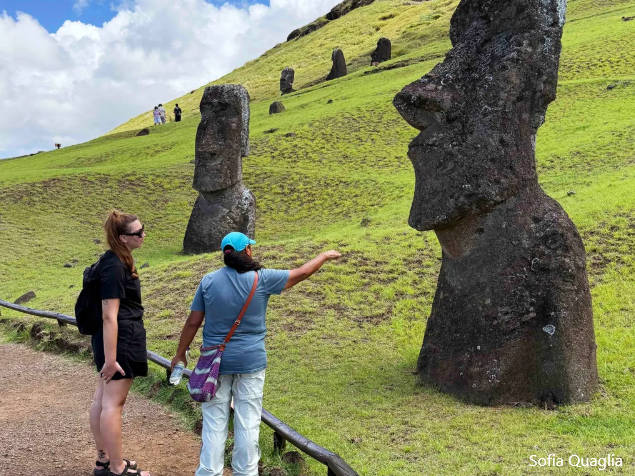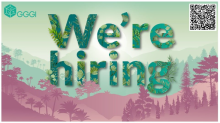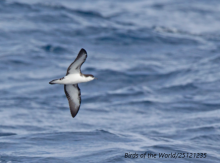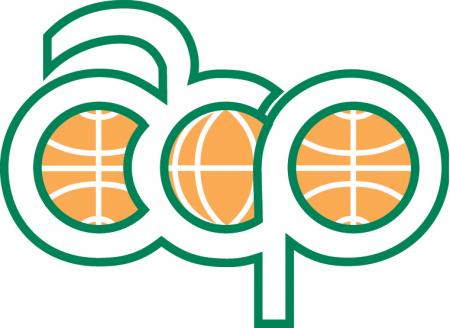
In an ancient quarry on top of a volcano on a remote Pacific island, half-finished figures hewn into the rock ignore Maria Tuki as she walks by.The rugged faces of these figures sport world-famous furrowed brows and sloping noses. This is the land of the moai, iconic human statues unique to Rapa Nui, also known as Easter Island – an isolated island around the size of Washington DC situated 3,500km (2,170 miles) off the coast of Chile.
Before my visit, I expected to see just a couple of these famous faces at designated tourist sites. But the sheer number of the moai is breathtaking; bits of them are strewn alongside roads, bordering the coast, and shouldering hills. Together, they form a real physical reminder of this land's ancient history.
"We're protecting the moai to ensure the preservation of our people on this island" – Ariki Tepano Martin. Centuries ago, Tuki's ancestors carved and chiselled many hundreds of monoliths like the ones here. Evidence of that activity is everywhere, both in the heavily worked quarry itself, where some still remain deeply embedded in the mountain, and in the surrounding land, where finished statues lie abandoned, forming paths to the island's edge. It is thought that teams of workers sometimes lost their grip while transporting the statues to the stone platforms dotted around the coast.









